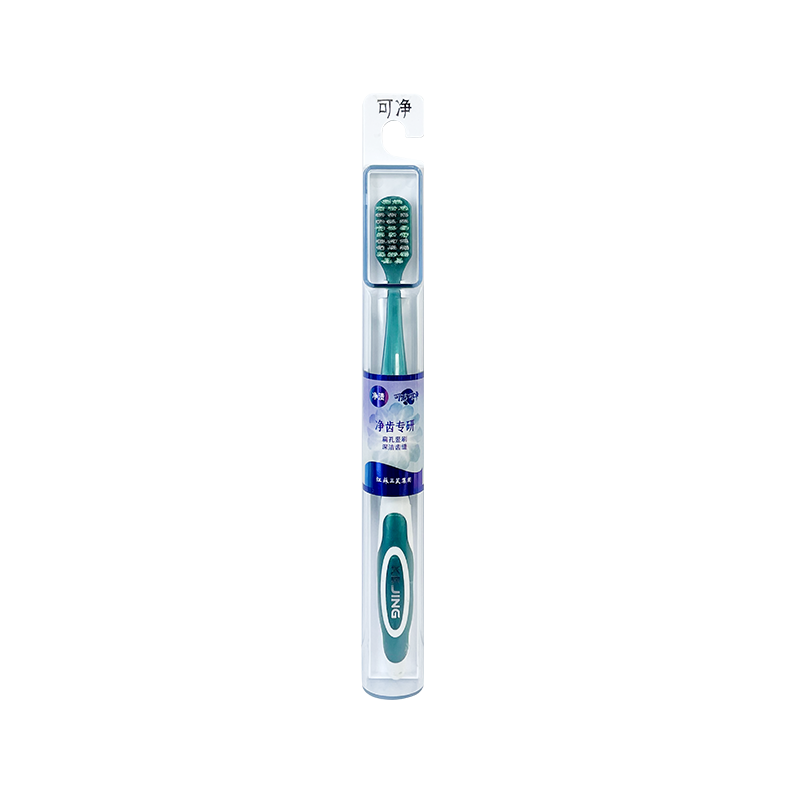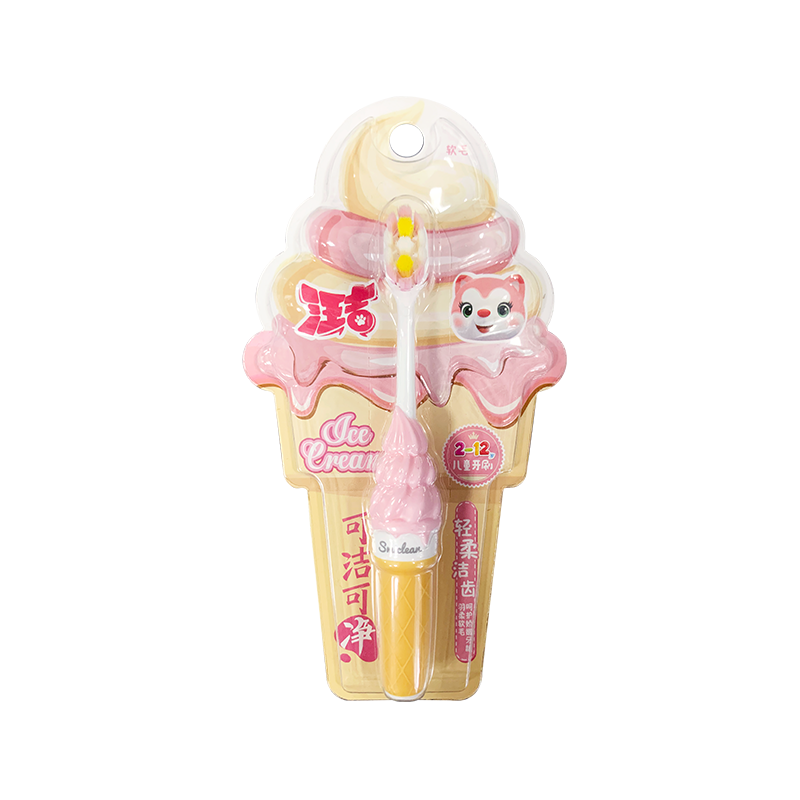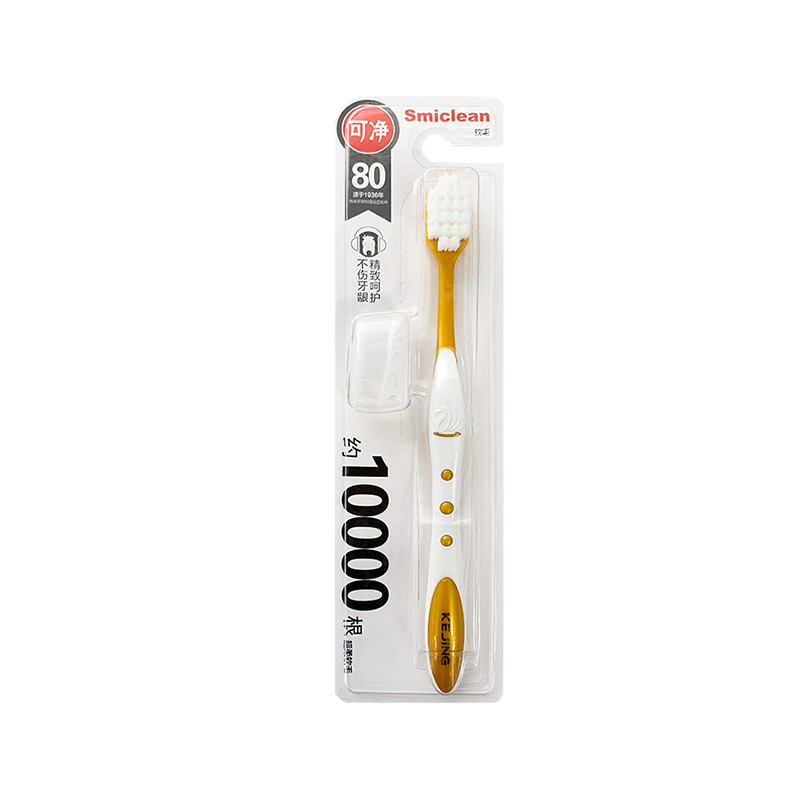How Can Regular Replacement of Manual Toothbrushes Improve Oral Health?
Why Regular Toothbrush Replacement Matters
Maintaining proper oral hygiene begins with using an effective toothbrush. Over time, manual toothbrushes wear out, reducing their ability to remove plaque and bacteria effectively. Replacing toothbrushes regularly is essential to prevent oral health problems such as cavities, gum disease, and bad breath.
Signs Your Manual Toothbrush Needs Replacement
There are several indicators that it’s time to replace your toothbrush:
- Frayed or splayed bristles that no longer clean efficiently.
- Bristles bent in different directions, reducing coverage.
- Discoloration or buildup on bristles, indicating bacterial accumulation.
- Unpleasant odor from a damp toothbrush.
Recommended Replacement Frequency
Dental professionals generally recommend replacing manual toothbrushes every three months. This timeframe ensures bristles remain effective and hygiene standards are maintained. However, some factors can influence this schedule:
- Frequency of brushing: Those who brush more often may wear out bristles sooner.
- Brushing technique: Aggressive brushing can cause faster fraying of bristles.
- Health conditions: Illnesses, such as colds or infections, may require more frequent replacement to prevent reinfection.

How Bristle Quality Affects Toothbrush Longevity
Manual toothbrushes come with different bristle types and qualities. Soft bristles are gentle on gums but may fray faster, while medium or firm bristles offer more durability but can be harsh on sensitive tissues. Choosing the right bristle type can extend the effective life of your toothbrush while providing optimal cleaning.
Storage and Care Tips to Extend Toothbrush Life
Proper storage and maintenance can help maintain a manual toothbrush in peak condition:
- Rinse thoroughly after each use to remove toothpaste and debris.
- Store upright in a dry, ventilated area to prevent bacterial growth.
- Avoid covering the brush or sealing it in containers, which trap moisture.
- Keep toothbrushes separate to avoid cross-contamination if multiple people use the same bathroom.
Impact of Delayed Toothbrush Replacement
Using an old toothbrush with worn bristles can lead to inadequate cleaning and buildup of plaque and bacteria. This increases the risk of oral health issues, including gum inflammation, cavities, and bad breath. In some cases, prolonged use of a worn toothbrush can even exacerbate existing dental problems.
Special Considerations for Children and Seniors
Children may need toothbrushes replaced more often due to vigorous brushing habits and smaller toothbrush sizes. Seniors with limited dexterity may also require more frequent replacements to ensure effective cleaning, as bristles can bend faster due to lighter handling or improper technique.
Signs of Bacterial Contamination
Even with regular use, toothbrushes can harbor bacteria, which may lead to reinfection or oral health issues. Indicators of bacterial contamination include:
- Unpleasant odor from the bristles.
- Visible discoloration or fuzziness at the base of bristles.
- Increased sensitivity or gum irritation after brushing.
Choosing the Right Manual Toothbrush
Selecting a high-quality manual toothbrush enhances durability and oral hygiene. Consider the following:
- Bristle softness that matches gum sensitivity.
- Ergonomic handle for better grip and control.
- Compact head size for easy access to all areas of the mouth.
- Durable materials that withstand repeated use over several months.
Conclusion: Maintaining Optimal Oral Health
Regular replacement of manual toothbrushes, typically every three months, is crucial for maintaining oral hygiene. Recognizing signs of wear, storing your brush properly, and choosing the right bristle type can ensure effective cleaning and reduce the risk of dental problems. By following these practices, individuals can maximize the performance of manual toothbrushes and protect their oral health effectively.
 English
English русский
русский Español
Español




